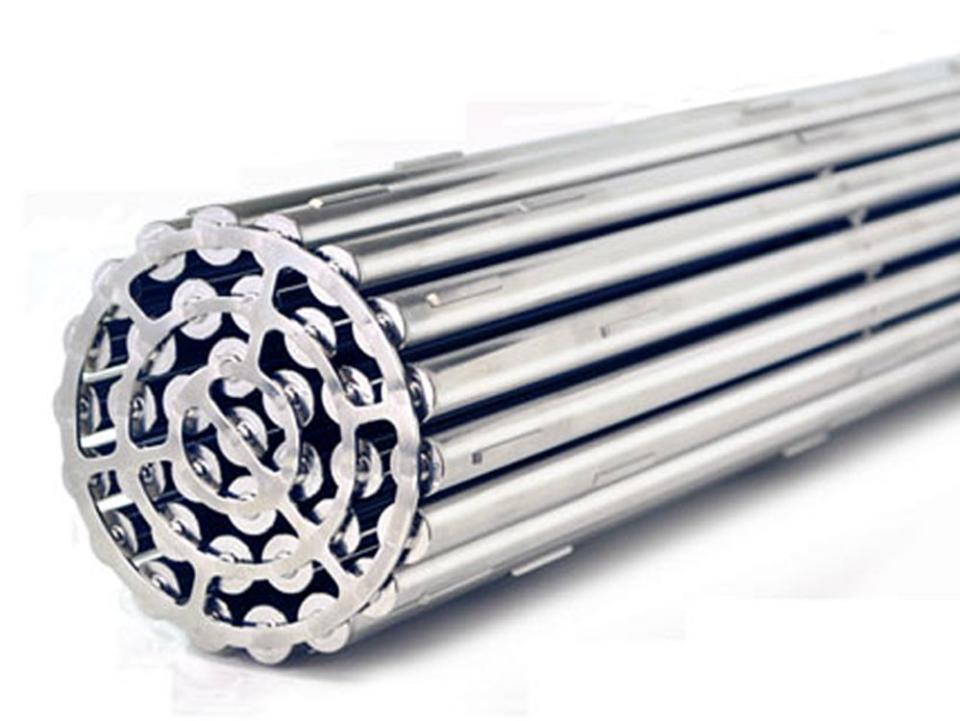Opinion: Nuclear energy — We CANDU it and we should

By Chris Keefer
CANDU, the made-in-Canada nuclear reactor technology that powered the Ontario coal phaseout, North America’s greatest greenhouse-gas reduction, is the victim of a bizarre form of reverse protectionism that favours overseas supply chains and technologies over homegrown ones.
The federal government recently announced a 30 per cent “Clean Technology Investment Tax Credit” to incentivize spending on a range of clean-energy technologies, such as wind, solar and storage. Small modular nuclear reactors (SMRs) are also covered, a bold step for Ottawa, given its historically lukewarm positions on nuclear energy. But CANDU technology, which underpins the entire existing Canadian nuclear sector, is left out of the tax credit pending further consideration.
This is bad news for Canadian climate action and the Canadian economy. CANDU, ranked as one of Canada’s top 10 engineering achievements, has a proven track record of deep and rapid de-carbonization. Twenty-three CANDU reactors were commissioned in just 22 years in Ontario, Quebec and New Brunswick between 1971 and 1993. Today the 19 CANDU reactors still operating account for 15 per cent of Canada’s electricity supply, our second largest source after hydroelectricity. Repeating that historic CANDU deployment would produce enough power to replace all fossil fuel-fired electricity generation nationwide.
The CANDU supply chain, stretching from the world’s richest uranium mines in Saskatchewan to power plants in Ontario and New Brunswick, is 96 per cent made-in-Canada. That stands in sharp contrast to the technologies that are eligible for the investment tax credit. Seven of the world’s 10 largest wind turbine manufacturers are Chinese, while the remaining three are rapidly offshoring their operations to Asia because of rising costs. Fully 97 per cent of solar wafers are currently produced in just one country, China. As for SMRs, they likely will have more Canadian content but at the moment only one is under active development.
Beyond climate and economic development, energy security is a new priority as supply chains have been shaken by both COVID and the Russian invasion of Ukraine. As a result, we have seen shortages and skyrocketing prices of everything from children’s fever medicines and antibiotics to vehicles and gasoline. There are also disruptions in clean energy. Since June more than 1,000 shipments of solar energy components worth hundreds of millions of dollars have been seized in U.S. ports over concerns about Uyghur slave labour. One can only imagine the impact of western sanctions on renewable energy deployment should China invade Taiwan.
Of course, a standard reaction to any proposal to expand our nuclear capacity is that building nuclear reactors is just too slow and costly. Hesitation about nuclear is certainly understandable, given recent experience in the U.S. and EU, where projects have gone well over budget and fallen behind schedule due to a focus on building first-of-a-kind designs with atrophied supply chains and inexperienced workforces.
Opinion: The energy transition is transitioning — to energy security
Jack Mintz: Panicky EU proposes its own National Energy Program
Canada bucks that trend, however. By refurbishing most of our CANDU nuclear fleet so it can continue to safely provide 15 per cent of our nation’s electricity for another 30-40 years, we are creating a robust domestic supply chain and a workforce intimately familiar with the technology. The refurbishments, whose total price tag is $25 billion, are proceeding on budget and ahead of schedule. They are cost-competitive with wind and solar deployments in Ontario that will cost a further $38.6 billion in subsidies between 2020 and 2040 while delivering less electricity per year than a single Ontario nuclear station like Pickering. Once the refurbishments are complete workers could be redeployed to build a new fleet of advanced CANDU reactors at a rapid pace appropriate to our climate emergency.
Protectionism typically supports domestic industry. Perversely, the investment tax credit currently results in a de facto tariff on our CANDU-centred homegrown nuclear industry. That runs completely counter to our climate, economic and energy security imperatives. By including CANDU nuclear refurbishments and new builds within the Clean Technology Investment Tax Credit, we could turn Canada’s nuclear momentum into genuine energy security, climate action and economic development.
Chris Keefer, a physician, is president of Canadians for Nuclear and director of Doctors for Nuclear Energy.

 Yahoo Finance
Yahoo Finance 